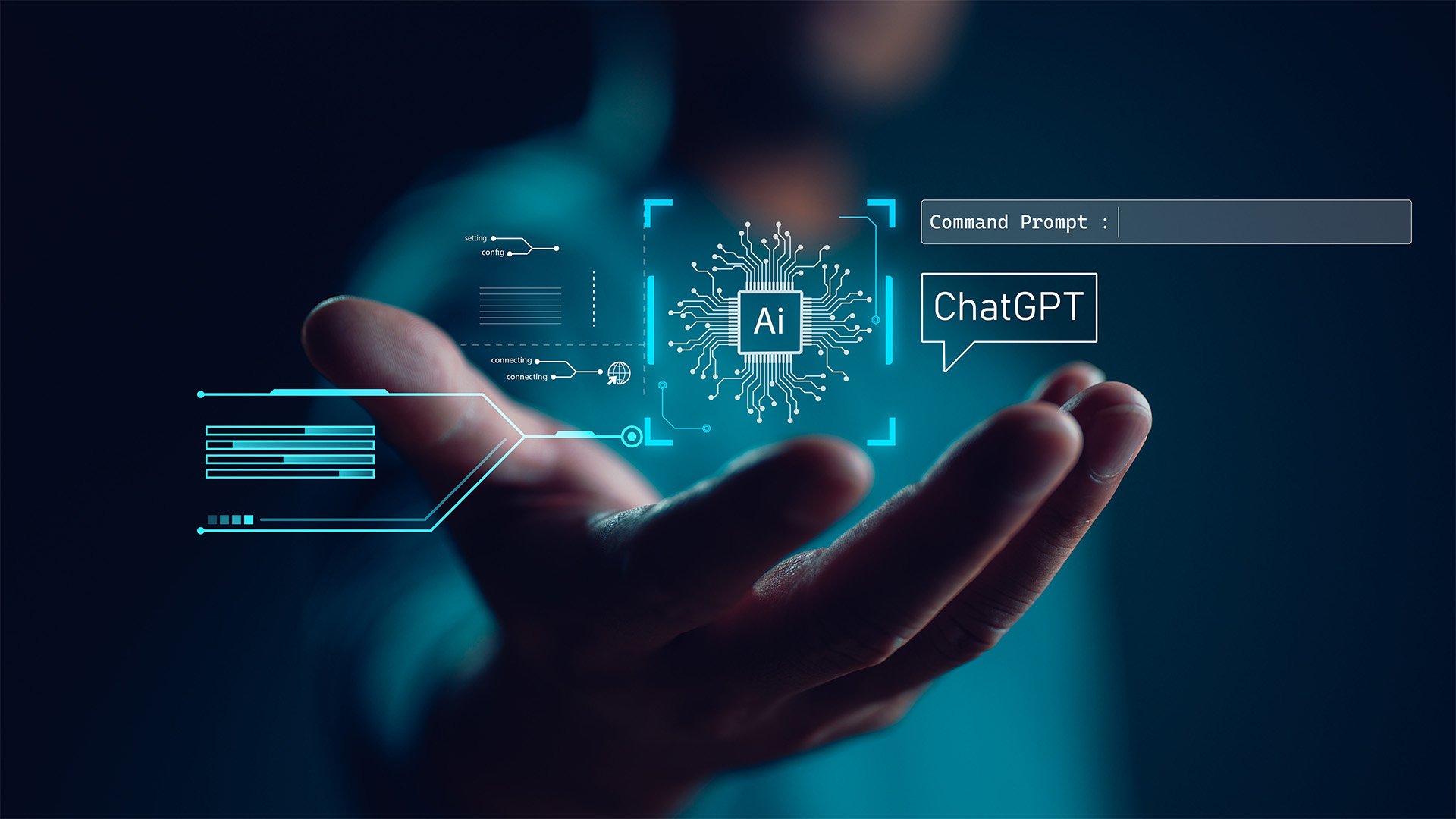4 min read
Inclusive Training That Meets Multi-Generational Learning Needs
 Jennifer Lindsay-Finan
:
Apr 7, 2025 8:00:00 AM
Jennifer Lindsay-Finan
:
Apr 7, 2025 8:00:00 AM

Struggling to meet the diverse needs of your workforce? Learn how Universal Design for Learning (UDL) can make training more inclusive and effective.
Imagine a team spanning multiple generations: a recent Gen Z graduate, a Millennial manager, a Gen X director, and a Boomer executive. They each bring unique professional backgrounds, varying comfort levels with technology, and different expectations about what "good training" looks like.
 This diversity can be a strength. When training focuses on learners, it can meet different learning needs. Otherwise, it can lead to disengagement and frustration. That’s where Universal Design for Learning (UDL) strategies come in.
This diversity can be a strength. When training focuses on learners, it can meet different learning needs. Otherwise, it can lead to disengagement and frustration. That’s where Universal Design for Learning (UDL) strategies come in.
Key Takeaways
- Tailoring training for a multi-generational workforce ensures learning experiences meet the needs of Gen Z, Millennials, Gen X, and Boomers.
- Universal Design for Learning (UDL) strategies make training accessible and engaging for all employees.
- Personalized workplace training improves engagement and retention by offering flexible, inclusive learning paths.
- Inclusive training solutions foster collaboration, innovation, and professional growth across diverse age groups.
- Learner-centric design in corporate training ensures that all employees—regardless of age—can effectively learn and apply new skills.
Why Multi-Generational Workforce Training Solutions Matter
A workforce that includes Gen Z, Millennials, Gen X, and Boomers brings diverse expectations for training formats, engagement styles, and technology use. According to the Society for Human Resource Management (SHRM), diversity in age and expertise can spark innovation when organizations adapt their learning approaches to meet employees where they are.
Traditional, lecture-style sessions may feel outdated to younger workers while still being effective for others. Ignoring these differences risks low engagement and uneven results. Instead, tailoring training to a multi-generational workforce ensures that training is accessible, inclusive, and effective for everyone.

By combining those foundational insights with the inclusive training solutions here, you’ll be well on your way to fostering genuine multi-generational engagement.
Universal Design for Learning (UDL) Strategies:
The Key to Inclusive Training
UDL strategies ensure training is accessible and engaging for the widest range of employees by providing:
- Multiple Formats: Text, video, audio, and interactive elements to accommodate varied learning preferences in training.
- Easy Navigation: Intuitive layouts and clear instructions support employees, including those less comfortable with technology.
- Accommodations & Flexibility: Captioning videos, audio transcripts, and flexible completion timelines.
Four Key Strategies for Multi-Generational
Workforce Engagement
- Blended Delivery Methods
Why It Works: Some employees thrive in interactive live sessions, while others need flexibility to learn at their own pace.
How To Do It: Pair real-time discussions (virtual or in-person) with asynchronous tools—forums, recorded lectures, and microlearning modules. Gallup reports that employee engagement rises significantly when training is accessible on demand. Training for Gen Z, Millennials, Gen X, and Boomers requires a mix of app-based modules, live Q&A sessions, and on-demand content to maximize engagement.
- Mentoring & Reverse Mentoring
Why It Works: People from different generations bring complementary strengths. A “tech-savvy” Gen Z member can swap insights with a Boomer who has years of industry-specific knowledge.
How To Do It: Formalize the process by setting goals, providing guidelines, and scheduling regular check-ins. Harvard Business Review highlights that structured mentorship programs boost performance and foster trust and collaboration.
- Contextual Relevance & Practical Application
Why It Works: Learners of all ages stay engaged in trainings when they see immediate benefits to their roles.
How To Do It: Use real-world scenarios or case studies that mirror current projects, ensuring that training aligns with actual job tasks and professional growth.
- Continuous, Multi-Channel Feedback
Why It Works: Frequent touchpoints prevent small frustrations from building into major issues—especially in multi-generational workforce training solutions.
How To Do It: Use quick polls, open Q&A sessions, and digital suggestion boxes. Regular check-ins ensure training remains relevant and effective across generations.
Measuring Success in Multi-Generational Training
Creating an inclusive, multi-generational training program is only the first step. To ensure long-term success, organizations must continuously measure and refine their learning strategies. By tracking engagement, retention, and skill application across generations, companies can identify what’s working and what needs improvement.
Key Metrics to Track
- Engagement Rates: Monitor attendance, completion rates, and participation in discussions to gauge interest and involvement. Are younger employees engaging more with mobile learning, while seasoned professionals prefer live Q&A sessions, or vice versa?
- Feedback & Satisfaction Scores: Use pulse surveys and open-ended feedback forms to assess learners' experiences across generations. Are all employees finding the content relevant and accessible?
- Skill Application & Performance: Track whether employees can apply what they’ve learned through on-the-job evaluations, manager feedback, or project-based assessments.
- Retention & Career Progression: Measure how training programs impact employee growth, promotions, or reduced turnover. Inclusive training should support all employees in their career development, regardless of age.
Unlock deeper insights into your training strategies. Enroll in EVALUATING HYBRID & VIRTUAL LEARNING to transform simple feedback into actionable data that drives real results.
Adapting Based on Insights
Once data is collected, organizations should refine their approach:
- If Gen Z learners are disengaged, consider incorporating more microlearning and gamification elements.
- If Boomers are struggling with digital content, provide additional support resources or blended learning options.
- If mid-career employees seek leadership development, integrate mentorship and coaching programs into the training.
Of course, these examples are broad generalizations. To ensure you actually meet the needs of all learners, ask them what they want, provide it, and measure again.
By committing to ongoing assessment and adaptation, organizations can ensure their multi-generational workforce training solutions remain effective and inclusive for years to come.
Real-World Example: TechForm’s Learning Transformation
Consider "TechForm," a manufacturing firm where many employees do not use computers in their daily work. When the company launched an online training course for a product rollout, younger employees adapted quickly to the digital format, while older team members struggled with the platform’s navigation and pace. Engagement plummeted, and complaints rose.
TechForm redesigned its training using UDL strategies, incorporating a blend of online modules and live sessions—an approach that effectively served its multi-generational workforce.
Practical Takeaways & Implementation
Achieving inclusive training solutions requires:
- Staying Flexible: Offer multiple paths to achieve the same learning outcomes so that employees can choose the method that works best for them.
- Balancing Independence and Collaboration: Independent modules support fast learners, while group projects foster cross-generational dialogue.
- Leveraging Proven Resources: Explore InSync Training’s Virtual Learning Masterclass Series, designed to tailor training for a multi-generational workforce.

Changing the Way We Learn Changes the Way We Work
Just as hybrid work transformed where and how people collaborate, adapting training to include digital tools can reshape workplace culture. For instance, if employees become comfortable using online training modules, forums, and virtual collaboration tools during learning sessions, they'll naturally be more confident integrating similar platforms in their daily work. This shift helps all staff actively engage with digital resources such as wellness programs, internal surveys, and performance feedback.
By normalizing online interactions through inclusive training, you effectively bridge gaps between learning and working, creating a more connected, digitally fluent workforce.
Next Steps: Embracing Learner-Centric Design
in Corporate Training
Learner-centric design is not a one-time initiative—it's an ongoing process. As McKinsey emphasizes, organizations that invest in a culture of continuous learning and flexibility are better positioned to innovate and thrive. Regularly updating training programs to reflect new technologies and demographic shifts ensures your team remains engaged, skilled, and unified.
Tailoring training for a multi-generational workforce is about recognizing and addressing the distinct needs of every generation. By leveraging Universal Design for Learning (UDL) strategies, organizations can create personalized workplace training that fosters a culture where every employee can succeed.
Learn how to tailor your training for maximum impact with InSync’s Essential Starter Bundle.


